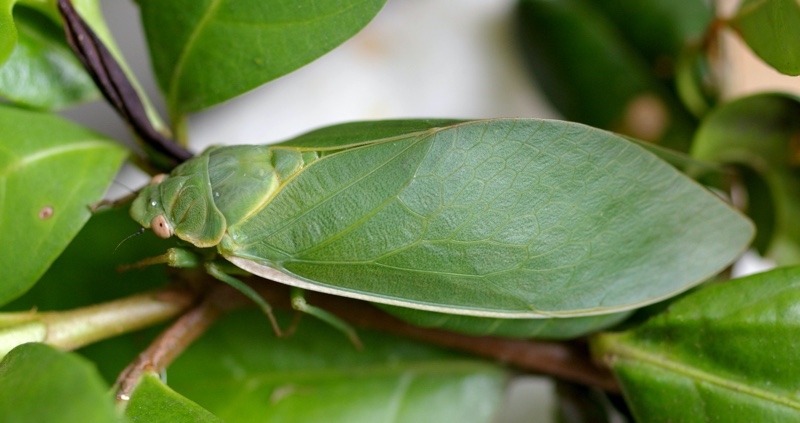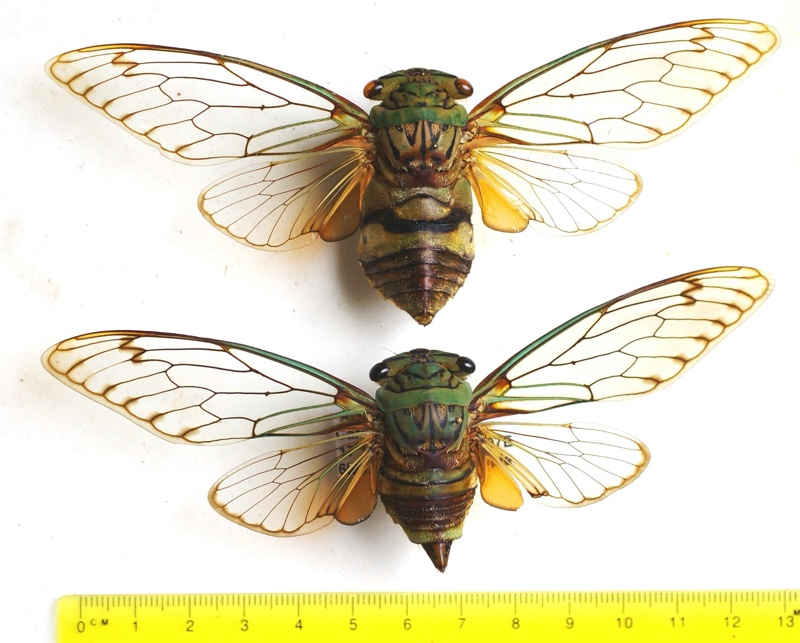Just about anything and everything ends up on the web these days, including research papers written by cicada researchers. Many of these papers are easily downloaded from the web, and once downloaded you can read them and expand your knowledge about cicadas.
This weekend I was looking for information about cicadas from Central and South America (the Neotropic ecozone). Allen F. Sanborn, Ph.D is well known for his research of cicadas of that region, so I searched for some of his research papers. Google will retrieve all PDF (Adobe Acrobat) files that contain the word cicada and the name Allen F. Sanborn, when you search for “Allen F. Sanborn cicada ext:pdf” (remove the quotes when you search).
Some interesting papers I found include:
Checklist of the cicadas (Insecta: Hemiptera: Cicadidae) of Paraguay including new records for six species (Sanborn, Allen F., 2011). This paper includes a long list of cicada species, which I used to look for images of cicadas on Flickr.com.
The new records increase the known cicada diversity 37.5% bringing the total number of cicada species reported in Paraguay to 22 species in 12 genera representing five tribes and three subfamilies of the family Cicadidae. There are currently no known endemic species.
Two New Zammara Species from South America (Hemiptera: Cicadomorpha: Cicadidae) (Sanborn, Allen F., Florida Entomologist 87(3),2004). This paper includes many photographs, which make cicada identification easy.
ABSTRACT
Two new members of the widespread Neotropical genus Zammara Amyot & Serville, Zammara
olivacea n.sp. from Columbia and Zammara medialinea n.sp. from Venezuela are described.Key Words: new species, taxonomy, cicada, Zammara, Columbia, Venezuela.
New Records for the Cicada Fauna from Four Central American Countries (HEMIPTERA: CICADOIDEA: CICADIDAE (Sanborn, Allen F.; Florida Entomologist 89(1), 2006). This article features a map with cicada species names.
ABSTRACT
Analysis of museum specimens has added to the cicada fauna of Belize, El Salvador, Guate- mala, and Honduras. Information on the cicada fauna reported in the literature as well as the first records of cicada species to the fauna are reported here to provide a more accurate un- derstanding of cicada diversity in each country and the region. The new records represent an increase of 75, 14, 110, and 320%, respectively, to the cicada faunal diversity of each country.
Key Words: cicadas, biodiversity, Central America
If you use my Google formula, you can find these papers too.
The The Current Status of Cicada Taxonomy on a Region-by-Region Basis page on Cicada Central is a good resource for learning about other cicada researchers.






